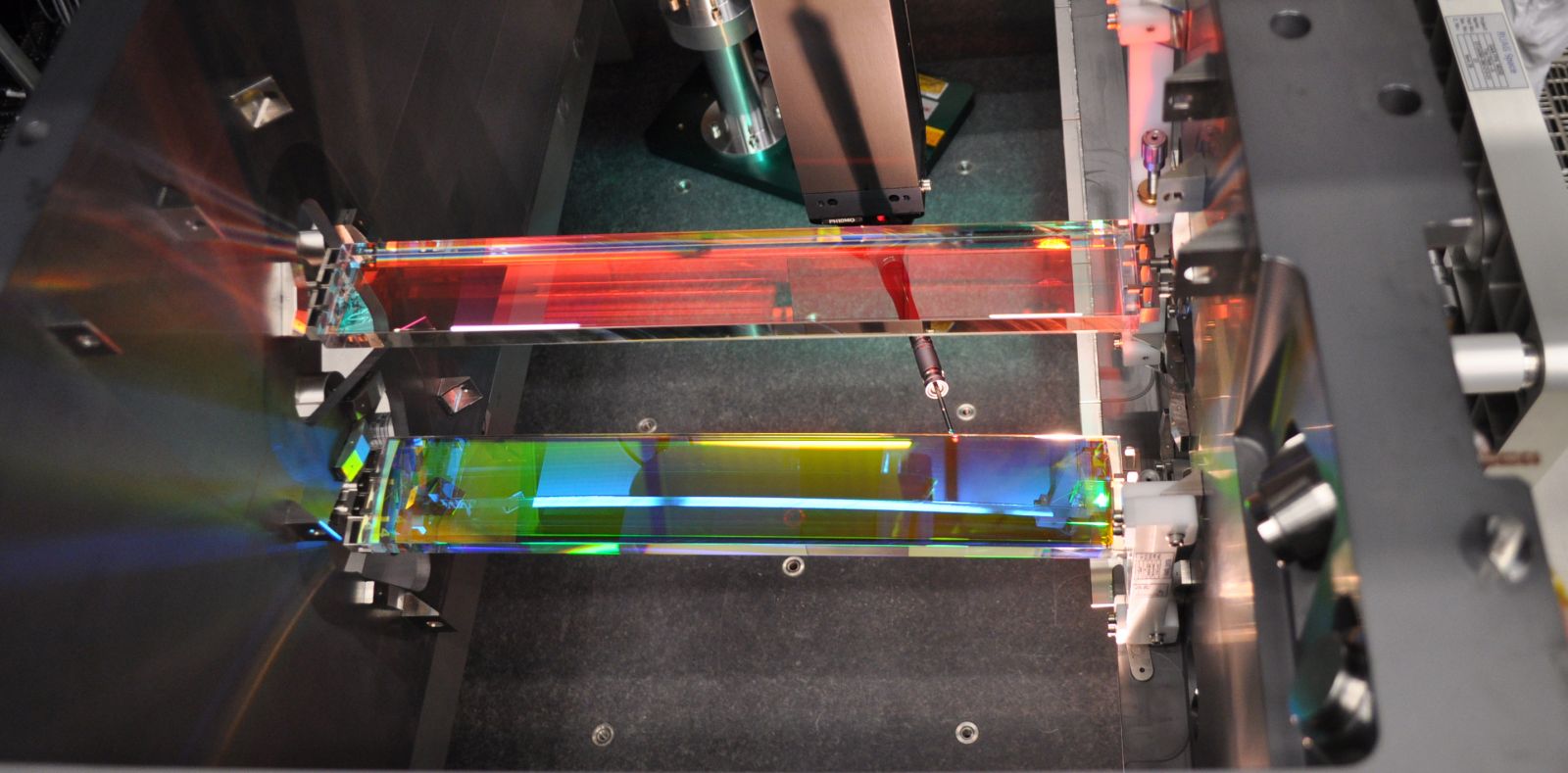You are here
- Home
- Missions
- Current Missions
- Gaia
Gaia

Overview

Gaia was adopted within the scientific programme of the European Space Agency (ESA) in October 2000. The mission aims to: measure the positions of ~1 billion stars both in our Galaxy and other members of the Local Group, with an accuracy down to 20 µas, perform spectral and photometric measurements of all objects, derive space velocities of the Galaxy's constituent stars using the stellar distances and motions, and create a three-dimensional structural map of the Galaxy. The gathered large datasets will provide astronomers with a wealth of information covering a wide range of research fields: from solar system studies, galactic astronomy, cosmology to general relativity.
Radiation damage and analysis
 The CEI has been involved in a number of different projects including modelling the CCDs designed for the Gaia mission to simulate the charge trapping effect of radiation damage, analysis of the BP/RP and RVS radiation campaign datasets and the development of the data processing pipeline. After Gaia was launched at the end of 2013, it has been performing well and has been providing regular information about its operation. Analysis of some of in-flight data has shown that Gaia has actually been accumulating less radiation damage than was previously expected from the on-ground tests. Currently, work is being done at the CEI to understand the reasons for this discrepancy to get a greater understanding of what happens in-orbit. This will allow us to conduct testing that is more representative of the in-flight conditions.
The CEI has been involved in a number of different projects including modelling the CCDs designed for the Gaia mission to simulate the charge trapping effect of radiation damage, analysis of the BP/RP and RVS radiation campaign datasets and the development of the data processing pipeline. After Gaia was launched at the end of 2013, it has been performing well and has been providing regular information about its operation. Analysis of some of in-flight data has shown that Gaia has actually been accumulating less radiation damage than was previously expected from the on-ground tests. Currently, work is being done at the CEI to understand the reasons for this discrepancy to get a greater understanding of what happens in-orbit. This will allow us to conduct testing that is more representative of the in-flight conditions.
Contact us
Centre for Electronic Imaging
School of Physical Sciences
The Open University
Walton Hall
Milton Keynes
MK7 6AA, United Kingdom
Please contact us at cei@open.ac.uk with any enquiries.
